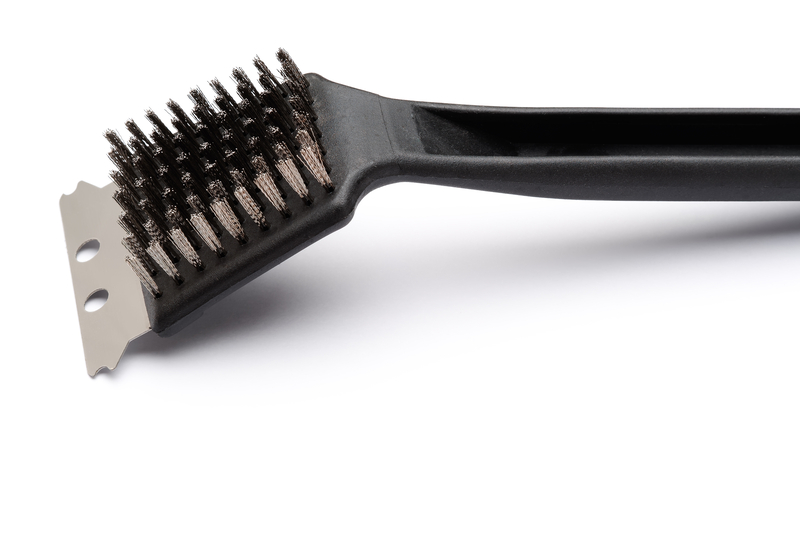Combat Smelly Dampness
Posted on 24/04/2025
Dampness is a common problem that can affect homes in various climates, and it often brings with it an unpleasant musty odor. This issue can arise due to several factors such as poor ventilation, leaks, or high humidity levels. Left untreated, dampness can lead to mold growth, structural damage, and health problems. This article will explore effective ways to combat smelly dampness in your home.
Identifying the Source of Dampness
The first step in combating smelly dampness is to identify its source. Dampness can manifest in several ways, such as condensation on windows, water stains on walls or ceilings, or a general feeling of moisture in the air. Common sources of dampness include:
- Leaks: Plumbing leaks or roof leaks can introduce moisture into your home.
- Condensation: Poor ventilation can cause moisture to accumulate on walls and windows.
- Rising Damp: Groundwater can rise through the walls of your home if the damp-proof course is compromised.

Improving Ventilation
Ventilation plays a crucial role in mitigating dampness. Proper airflow helps reduce humidity levels and prevents condensation. Here are some ways to improve ventilation:
- Open Windows: Regularly opening windows allows fresh air to circulate and reduces indoor humidity.
- Use Extractor Fans: Install extractor fans in areas prone to moisture, such as kitchens and bathrooms, to remove excess humidity.
- Dehumidifiers: Use dehumidifiers to absorb moisture from the air, especially in damp-prone areas like basements.
Repairing Leaks
Leaks are a significant cause of dampness and should be addressed promptly. Identify and repair any leaks in your home to prevent water intrusion. This can include:
- Inspecting Roofs: Check for damaged shingles or flashing and repair as necessary.
- Fixing Plumbing: Regularly inspect pipes, faucets, and connections for leaks and repair as needed.
- Sealing Cracks: Use sealant to fill any cracks in walls or foundations where water could enter.
Insulating Your Home
Proper insulation can help prevent dampness by keeping your home warm and reducing condensation. Consider the following insulation methods:
- Wall Insulation: Install cavity wall insulation to prevent heat loss and reduce the risk of condensation.
- Window Insulation: Use double-glazed windows to retain heat and reduce condensation buildup.
- Roof Insulation: Ensure your attic or roof is well-insulated to maintain a consistent indoor temperature.
Managing Indoor Humidity
Controlling the humidity levels inside your home is essential to combat dampness. Aim to maintain indoor humidity levels between 30-50%. You can manage humidity by:
- Using Ventilated Dryers: Ensure that your clothes dryer is properly vented to the outside.
- Limiting Indoor Plants: Although they add aesthetic appeal, indoor plants can increase humidity levels.
- Avoiding Overcrowding: Arrange furniture to allow for proper air circulation and reduce humidity buildup.
Pros and Cons of Combatting Smelly Dampness
Combating smelly dampness has several pros and cons:
Pros:
- Improved Indoor Air Quality: Reducing dampness prevents mold and mildew, leading to healthier air.
- Structural Integrity: Preventing dampness protects your home's structure from water damage.
- Enhanced Comfort: A dry home feels warmer and more comfortable.
Cons:
- Upfront Costs: Repairs, insulation, and dehumidifiers can be expensive initially.
- Ongoing Maintenance: Regular monitoring and maintenance are required to prevent dampness from returning.
Tips to Prevent Smelly Dampness
Here are some practical tips to prevent dampness and its associated odors:
- Regularly check for leaks around windows, doors, and plumbing fixtures.
- Use moisture absorbers in closets and other small spaces.
- Clean gutters and downspouts to ensure proper drainage away from your home.
- Encourage airflow by using fans and keeping doors open.
- Inspect your home for signs of mold and address any issues immediately.

Takeaways
Combating smelly dampness involves a multifaceted approach that includes identifying the source of moisture, improving ventilation, repairing leaks, insulating your home, and managing indoor humidity. While it may require an investment of time and resources, the benefits of a dry, comfortable, and healthy home make it worthwhile.
Conclusion
In conclusion, smelly dampness is an issue that can be effectively addressed by taking proactive steps. By understanding the sources of dampness and implementing strategies to control moisture, you can create a healthier living environment. Whether it's through improving ventilation, repairing leaks, or insulating your home, each action contributes to reducing dampness and enhancing your quality of life.




